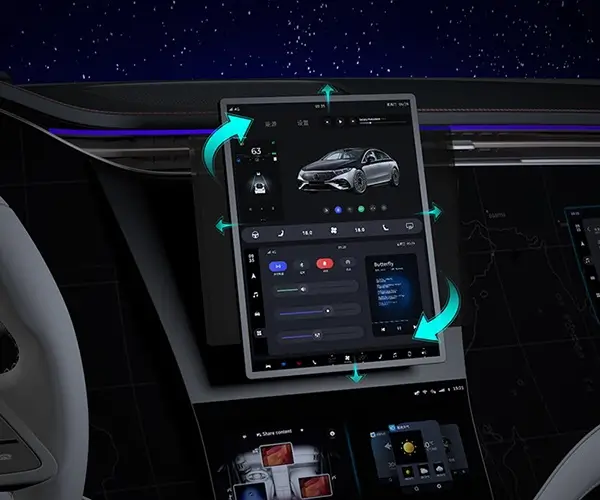Switching from monolith to microservices isn’t just a buzzword or a trend—it’s often a total game-changer. Imagine you’re running an app that’s been built like a giant block of Lego, everything tightly packed and interconnected. Over time, cracks appear. Adding new features? Becoming a headache. Fixing bugs? Slower than you'd like. That's when the idea of breaking that monolith into smaller, manageable pieces starts to seem like a smart move.

Let’s talk about what exactly this switch brings. First, scalability—your app can handle more users without crashing because each microservice can be scaled independently. Think about a coffee shop: if it suddenly gets crowded, you don’t need to reopen the whole chain, just add more baristas to the busiest spots. Microservices give you that flexibility. Then there’s resilience—when one service hits a snag, it doesn’t bring everything down with it. Instead, other parts carry on, keeping the whole system stable.
But it’s not just a matter of tearing things apart. Is it worth it? Well, if you’ve ever tried to update a feature and ended up rewriting massive chunks of code just to make a tweak, you’ll appreciate the agility microservices can offer. Small, dedicated teams can work on different services simultaneously, speeding things up. Modular architecture just makes sense for fast-paced environments that need to adapt quickly.
Here's a question that often pops up: How do you keep everything aligned without turning into a chaos of disjointed services? The key is designing clear boundaries and standard communication protocols—API rules that keep the whole ecosystem cohesive. Without that, chaos is almost guaranteed.
Somewhere in all this, you might wonder, is it really worth the hassle? Definitely. Transitioning requires effort, but the payoff shows up in performance, maintainability, and future-proofing. Plus, modern cloud platforms make deploying and managing microservices smoother than ever. Your app becomes a living, breathing organism—ever flexible, ever evolving.
If your system feels sluggish, cluttered, or just plain unmanageable, asking whether a shift to microservices is the right step might be the right question. The beauty of it lies in breaking free from limitations, opening up new opportunities for innovation and growth. It’s a strategic move that can redefine what your system can do.
In the end, migration isn’t a quick fix, but for those ready to evolve, the advantages are crystal clear—more agility, better resilience, and a platform built for tomorrow’s challenges. Easy? Not always. Necessary? Absolutely. That’s what makes this move smarter than sticking with the old, monolithic way.
Established in 2005, Kpower has been dedicated to a professional compact motion unit manufacturer, headquartered in Dongguan, Guangdong Province, China. Leveraging innovations in modular drive technology, Kpower integrates high-performance motors, precision reducers, and multi-protocol control systems to provide efficient and customized smart drive system solutions. Kpower has delivered professional drive system solutions to over 500 enterprise clients globally with products covering various fields such as Smart Home Systems, Automatic Electronics, Robotics, Precision Agriculture, Drones, and Industrial Automation.




































